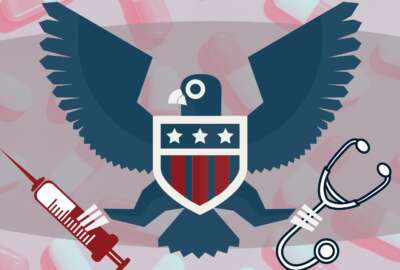New NIH center translates research into real-world use
This month the National Institutes of Health created the new National Center for Advancing Translational Sciences (NCATS) to bridge the gap between scientific r...
wfedstaff | June 4, 2015 4:20 pm
This month the National Institutes of Health created the National Center for Advancing Translational Sciences (NCATS) to bridge the gap between scientific research and usable drugs or medical devices.
The reorganization was the biggest at NIH in a decade, according to ScienceInsider Magazine. 
NCATS will focus not so much on curing diseases but on examining the process of finding cures, Insel said.
“All of us — the 27 institutes and centers at NIH — are involved in translation in various ways. But none of us do the kinds of work to actually improve the process of translation. That’s what NCATS can do,” he said.
One area the center is focused on is autism, which the medical field has traditionally treated through behavioral interventions, even though autism is a developmental brain disease, Insel said.
“What this new entity could do is to begin to identify the molecular targets that will be important to the disease process itself and help us to find how to go and treat those targets in such a way so we treat autism the way we treat many other biomedical problems,” Insel said.
The establishment of NCATS reinforces a “much more workable partnership” between NIH and the Food and Drug Administration, as well as the Defense Advanced Research Projects Agency. The three agencies are working on a project to develop chip technology that can allow researchers to more effectively screen drugs.
The center was created as part of the fiscal 2012 spending bill, receiving a budget of $575 million. But NCATS does not rely on any new money and instead is a rejiggering of the current NIH structure — mainly from programs previously located in the NIH Office of the Director, National Human Genome Research Institute, and National Center for Research Resources.
Insel said the center thinks of itself as an investment. There are 6,000 rare or neglected diseases, but treatments for only 225 of them, he said. The goal of translating science to real-world use is not a five-to-10-year process, Insel said.
“The way we think about our mission is we’re in it to win it,” he said.
Copyright © 2024 Federal News Network. All rights reserved. This website is not intended for users located within the European Economic Area.





